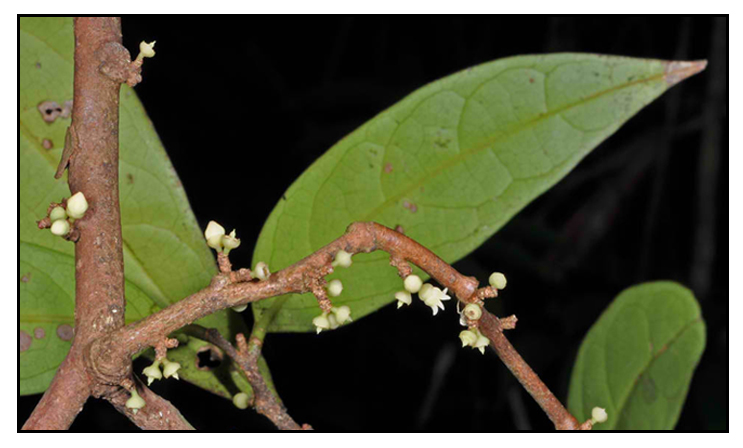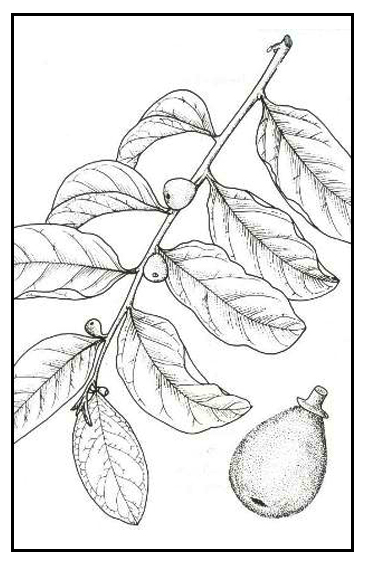
Family • Olacaceae
Galo
Anacolosa frutescens (Blume) Blume
GALO NUT
Chinese
| Scientific names | Common names |
| Anacolosa arborea Koord. & Valeton | Aluloy (Tag.) |
| Anacolosa celebica Valeton ex Koord.. | Galo (Tag.) |
| Anacolosa frutescens (Blume) Blume | Matobato (Mindanao) |
| Anacolosa heptandra Maingay ex Mast. | Salungugapit (Tag.) |
| Anacolosa luzoniensis Merr. | Galo nut (Engl.) |
| Anacolosa puberula Kurz | Promising nut (Engl.) |
| Anacolosa puberula var. andamanica Kurz | |
| Anacolosa zollingeri Baill. | |
| Salacia bartlettii Ridl. | |
| Stemonurus frutescens Blume | |
| Anacolosa frutescens (Blume) Blume is an accepted species. KEW: Plants of the World Online | |
| Other vernacular names |
| BORNEO: Belian landak. |
| OTHERS: Kopi gunung, Tangki leuweung, Jerit, Salangugapit. |
Distribution
Availability |
Updated May 2023 / October 2018
July 2015
![]()
 |
PHOTOS / ILLUSTRATIONS |
| IMAGE SOURCE: / Photo / Aptandraceae : Anacolosa frutescens det. J.V. LaFrankie & Melanie Schori 8-Nov-12 / Copyright © 2012 by P.B. Pelser & J.F. Barcelona (contact: pieter.pelser@canterbury.ac.nz) [ref. DOL43964] / Non-Commercial Use / Phytoimages.siu.edu |
| OTHER IMAGE SOURCE: / Photo / Aptandraceae : Anacolosa frutescens det. J.V. LaFrankie & Melanie Schori 8-Nov-12 / Flower and fruits / Copyright © 2012 by P.B. Pelser & J.F. Barcelona (contact: pieter.pelser@canterbury.ac.nz) [ref. DOL43872]/ Non-Commercial Use / Phytoimages.siu.edu |
Additional
Sources and Suggested Readings |
α•(5) |
DOI: It is not uncommon for links on studies/sources to change. Copying and pasting the information on the search window or using the DOI (if available) will often redirect to the new link page. (Citing and Using a (DOI) Digital Object Identifier) |
| List of Understudied Philippine Medicinal Plants |
α•(5) |
 |

 Gen info
Gen info Constituents
Constituents